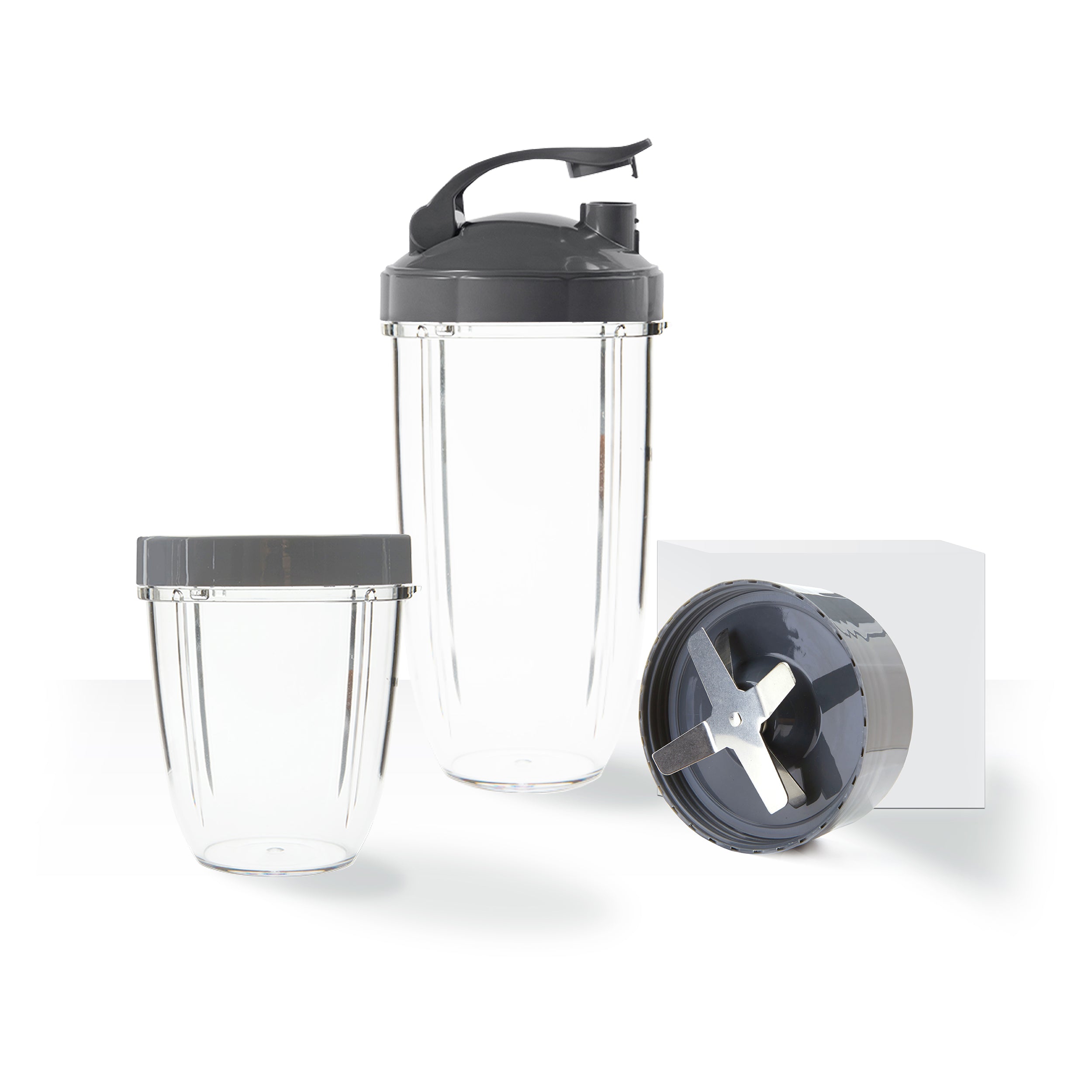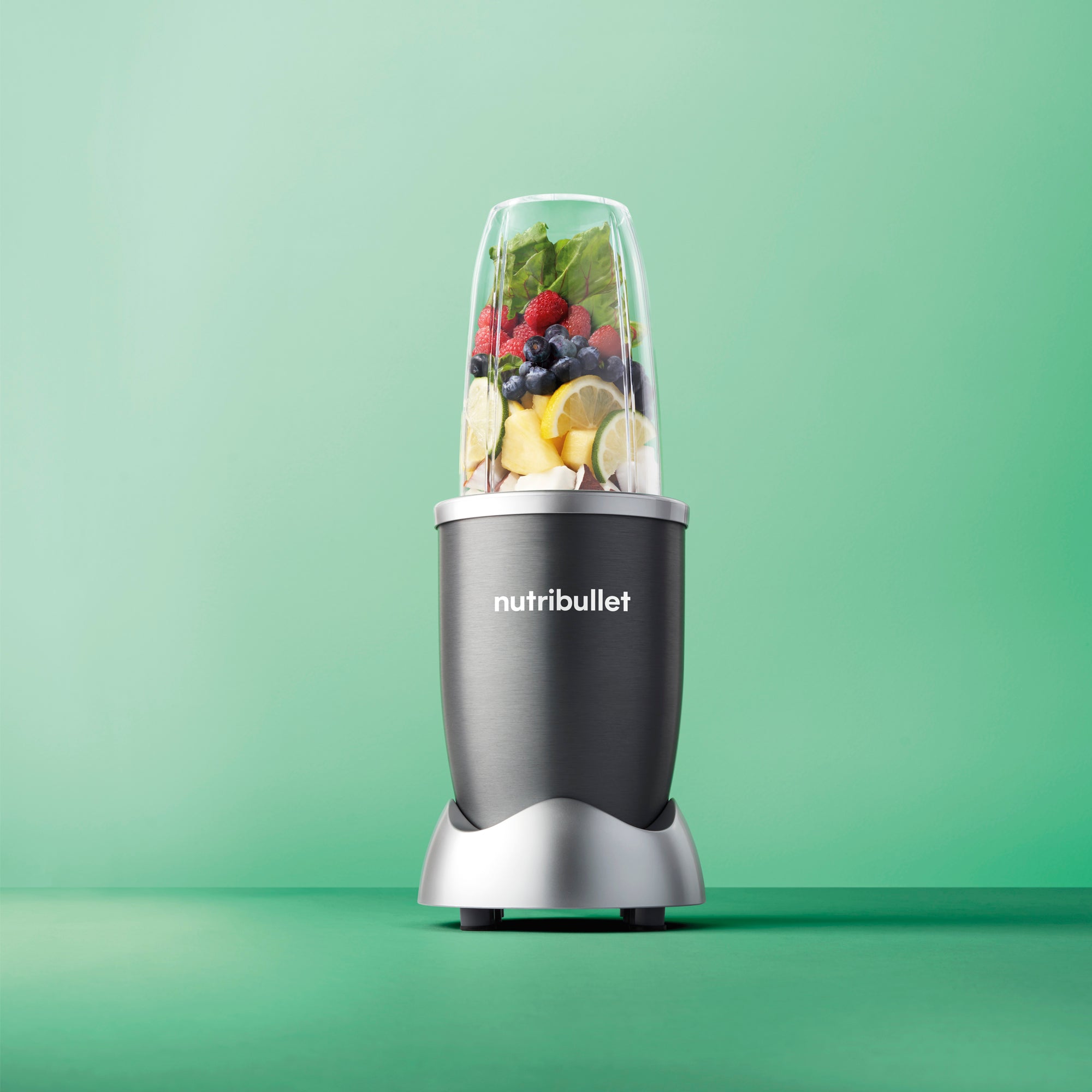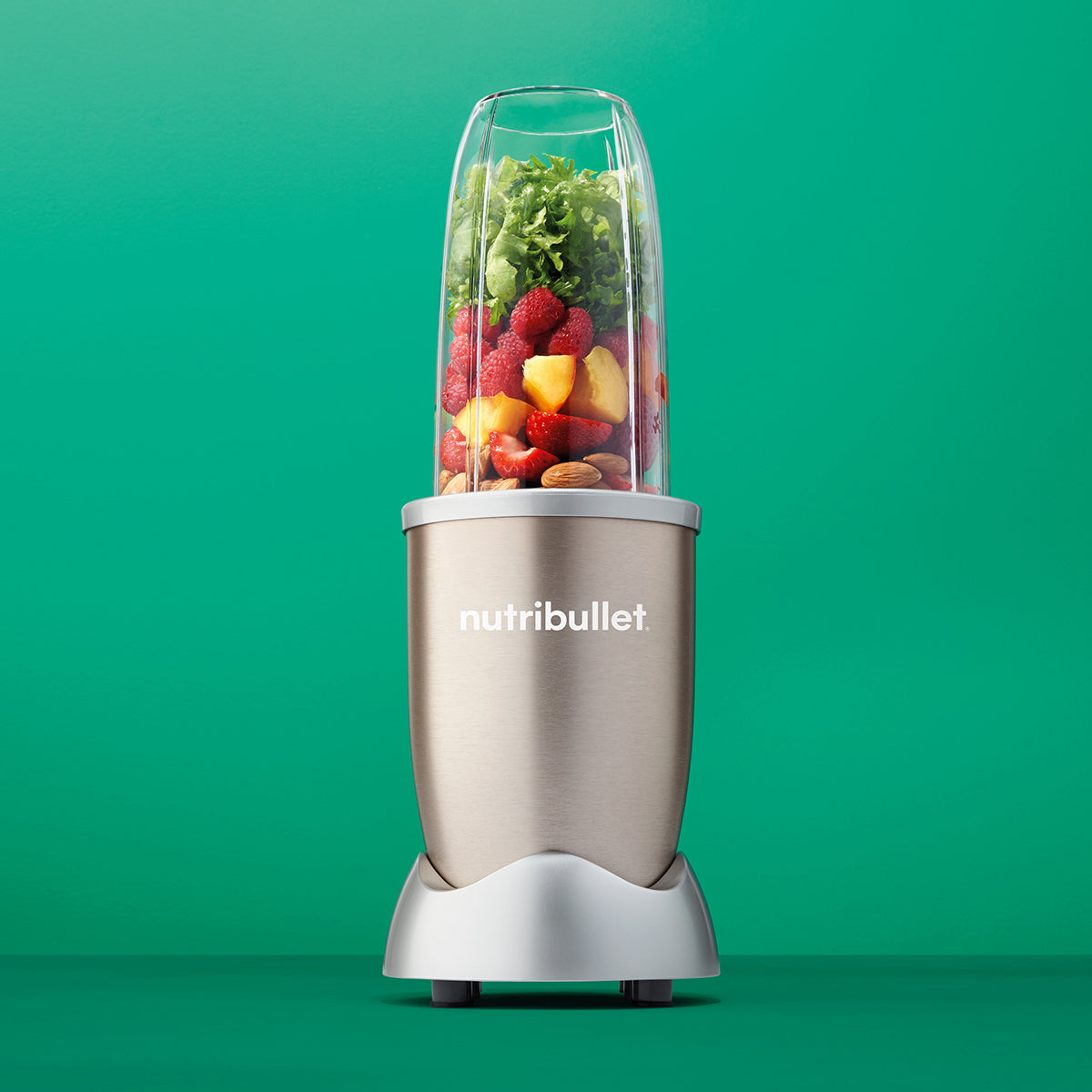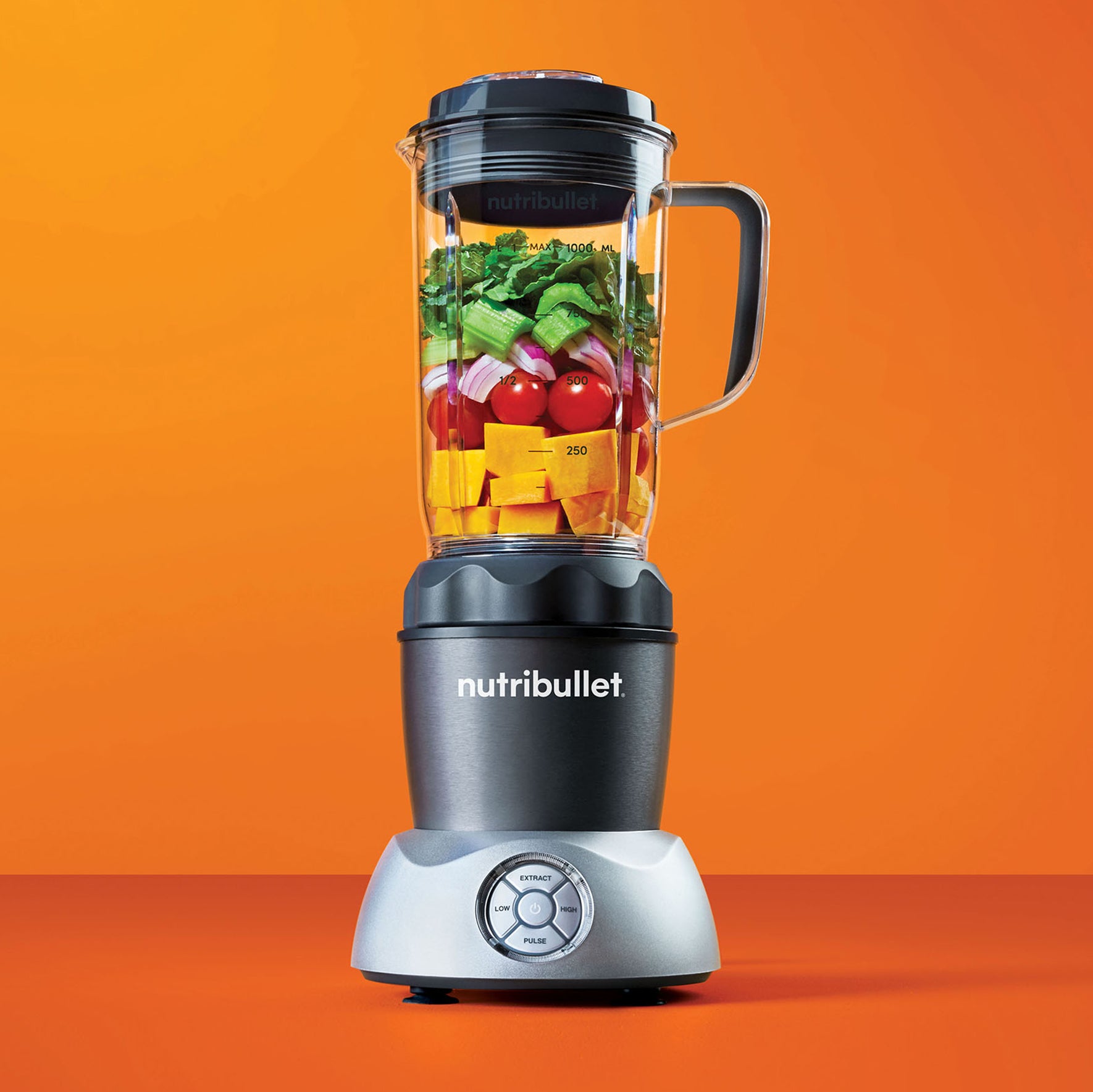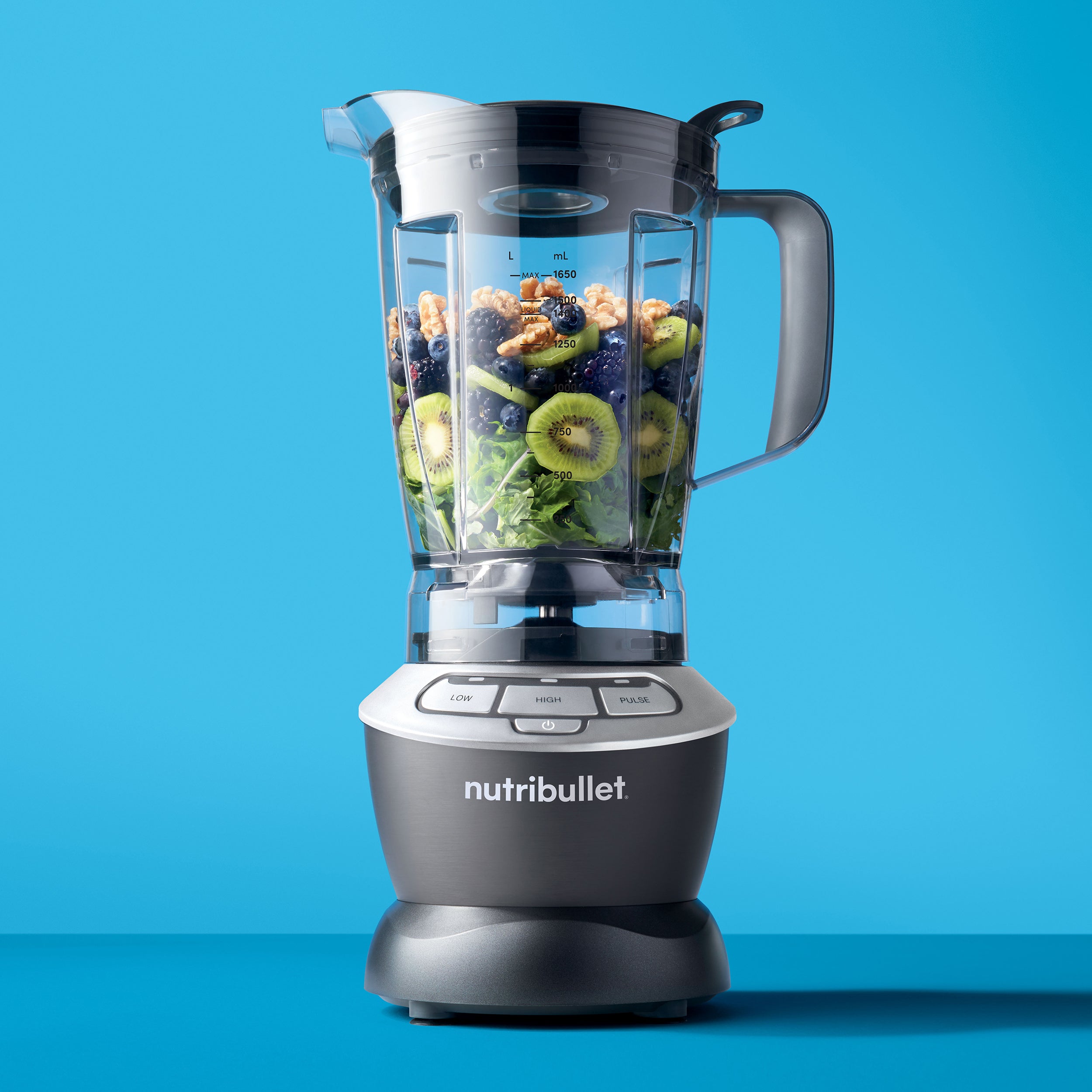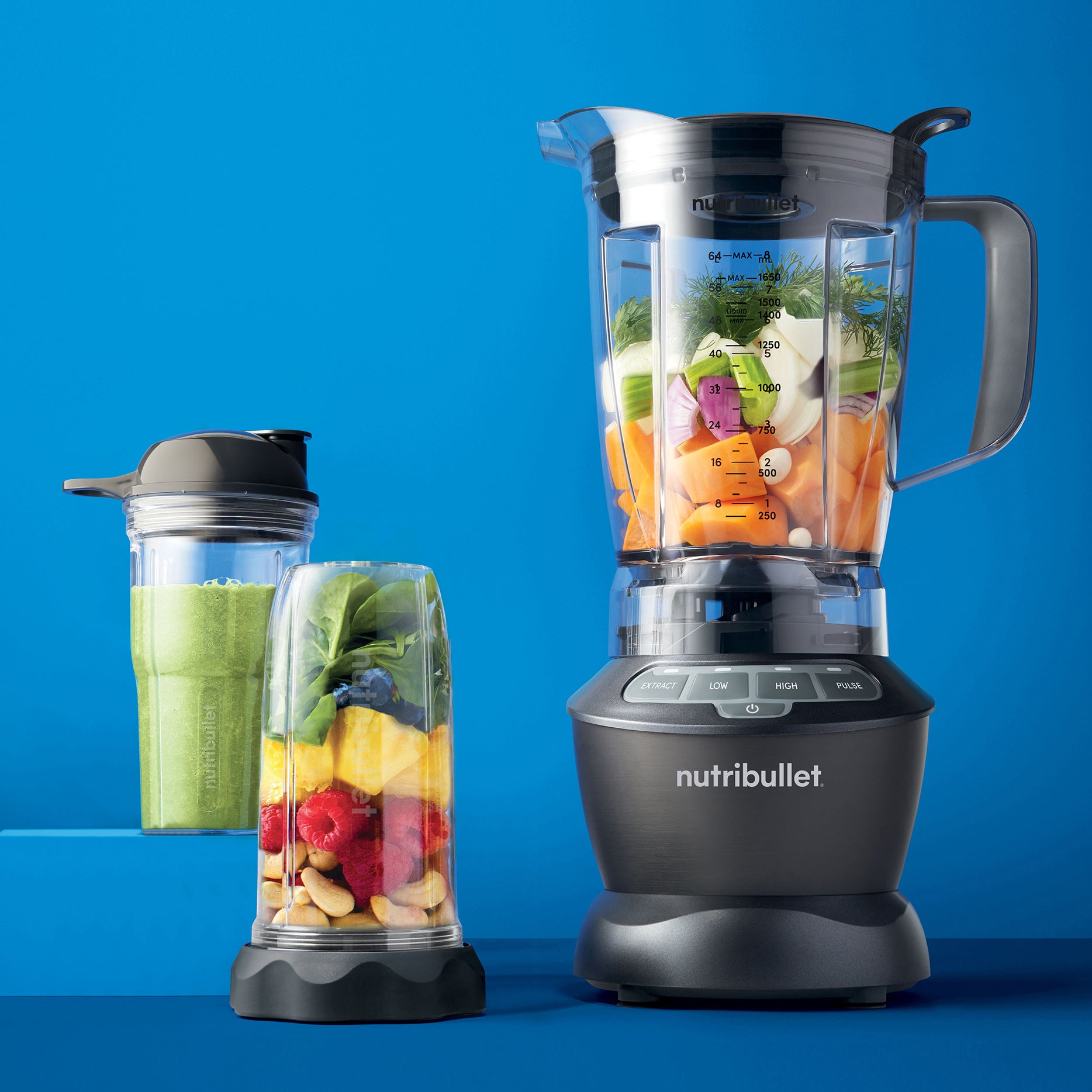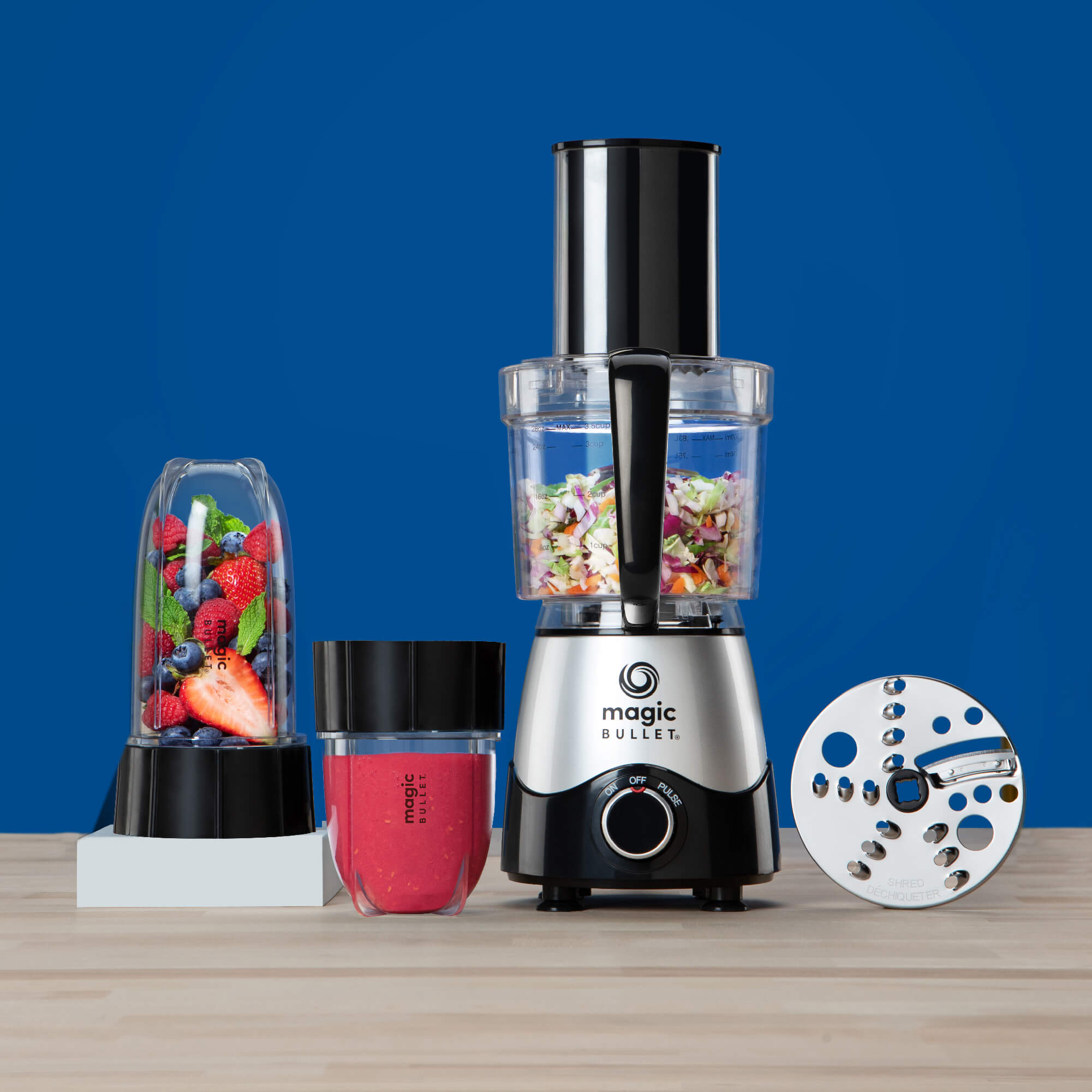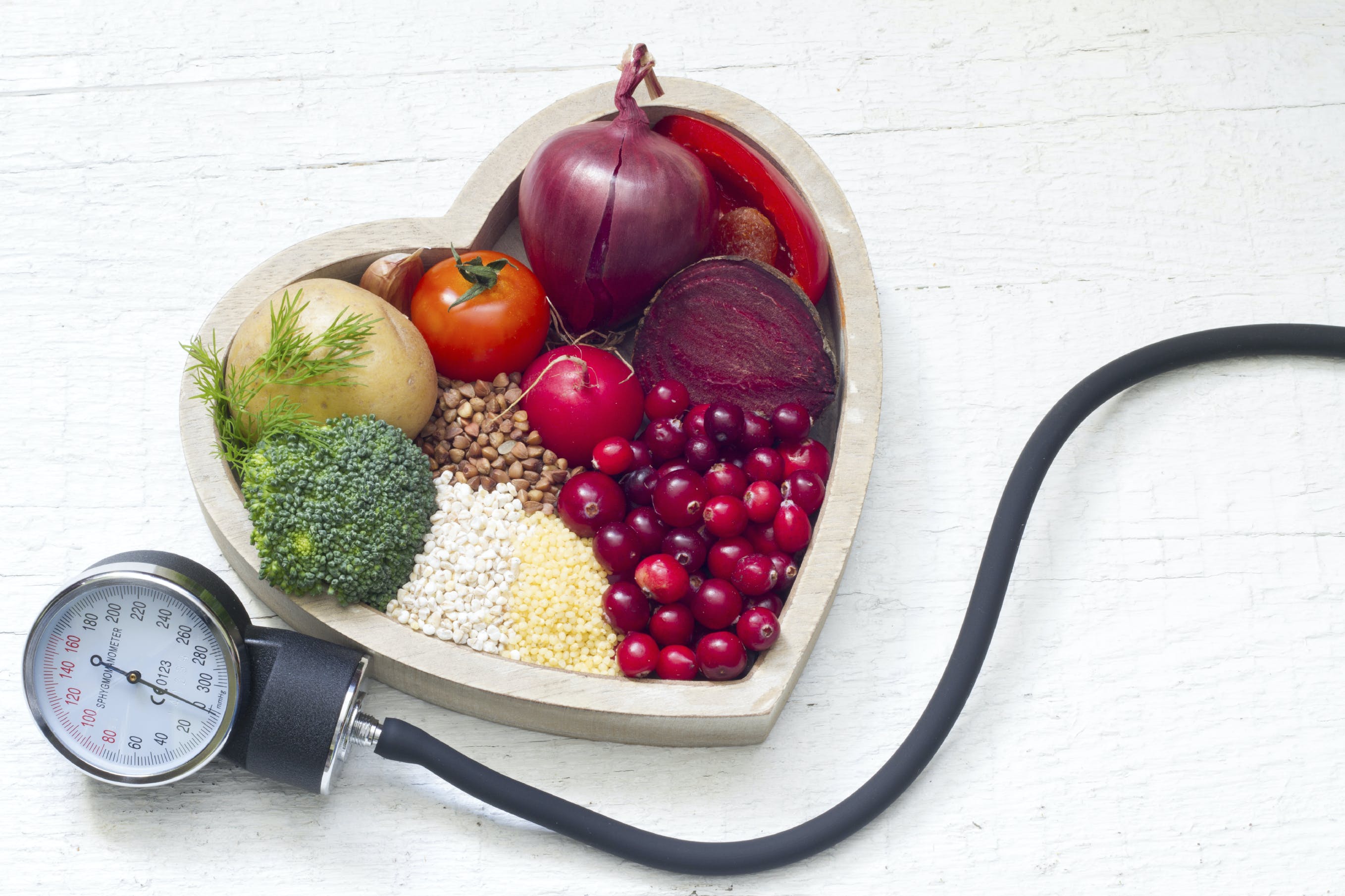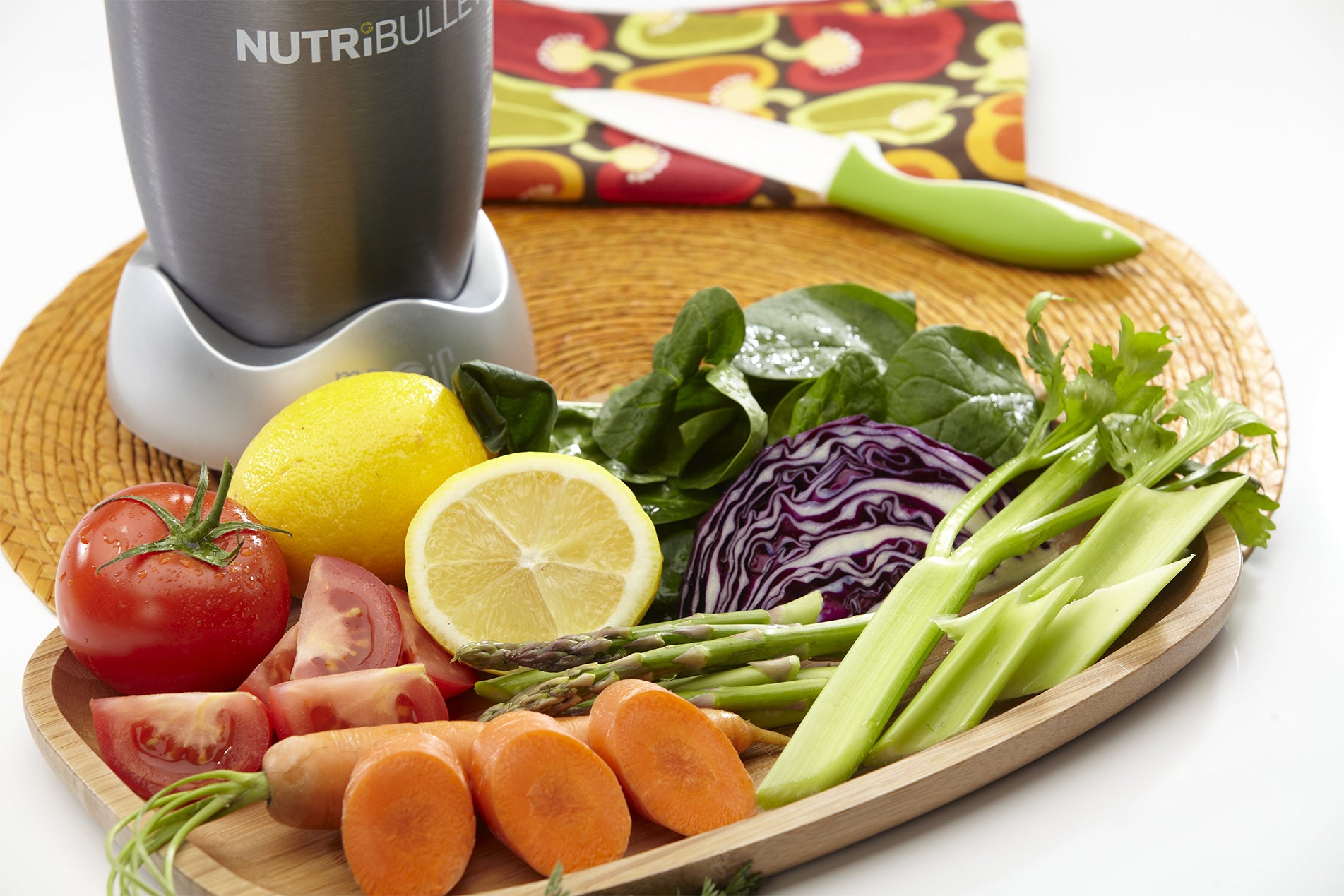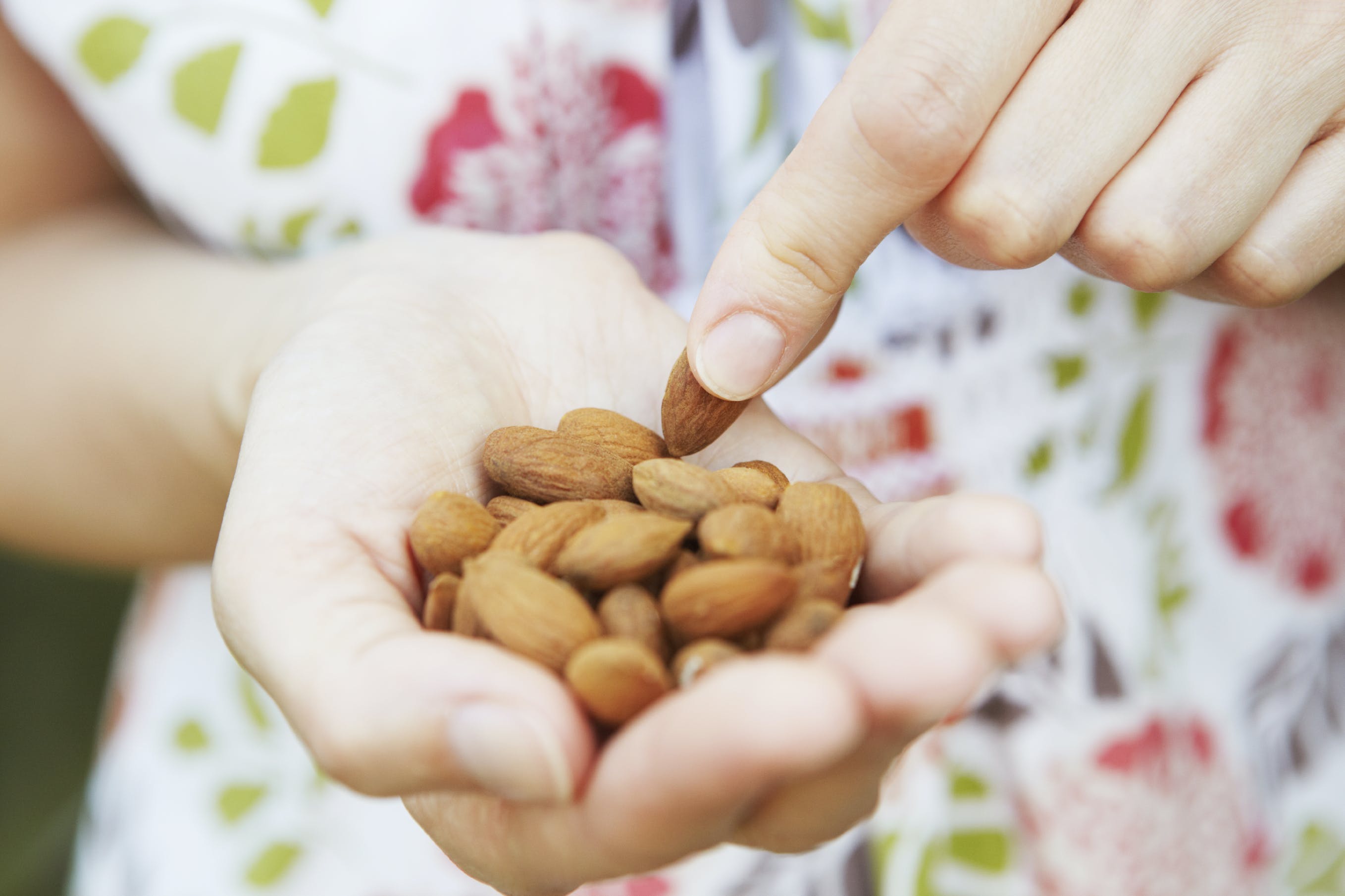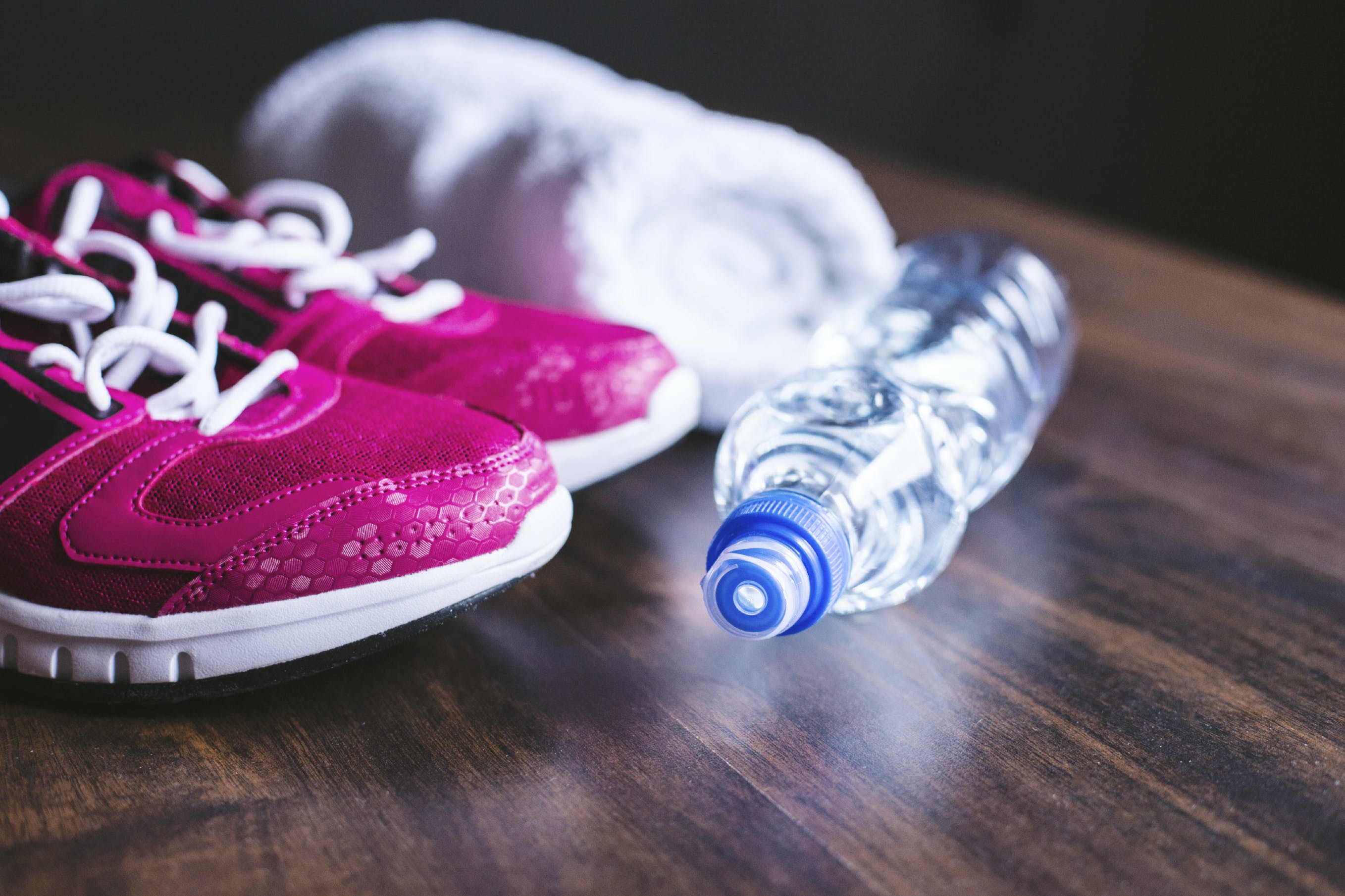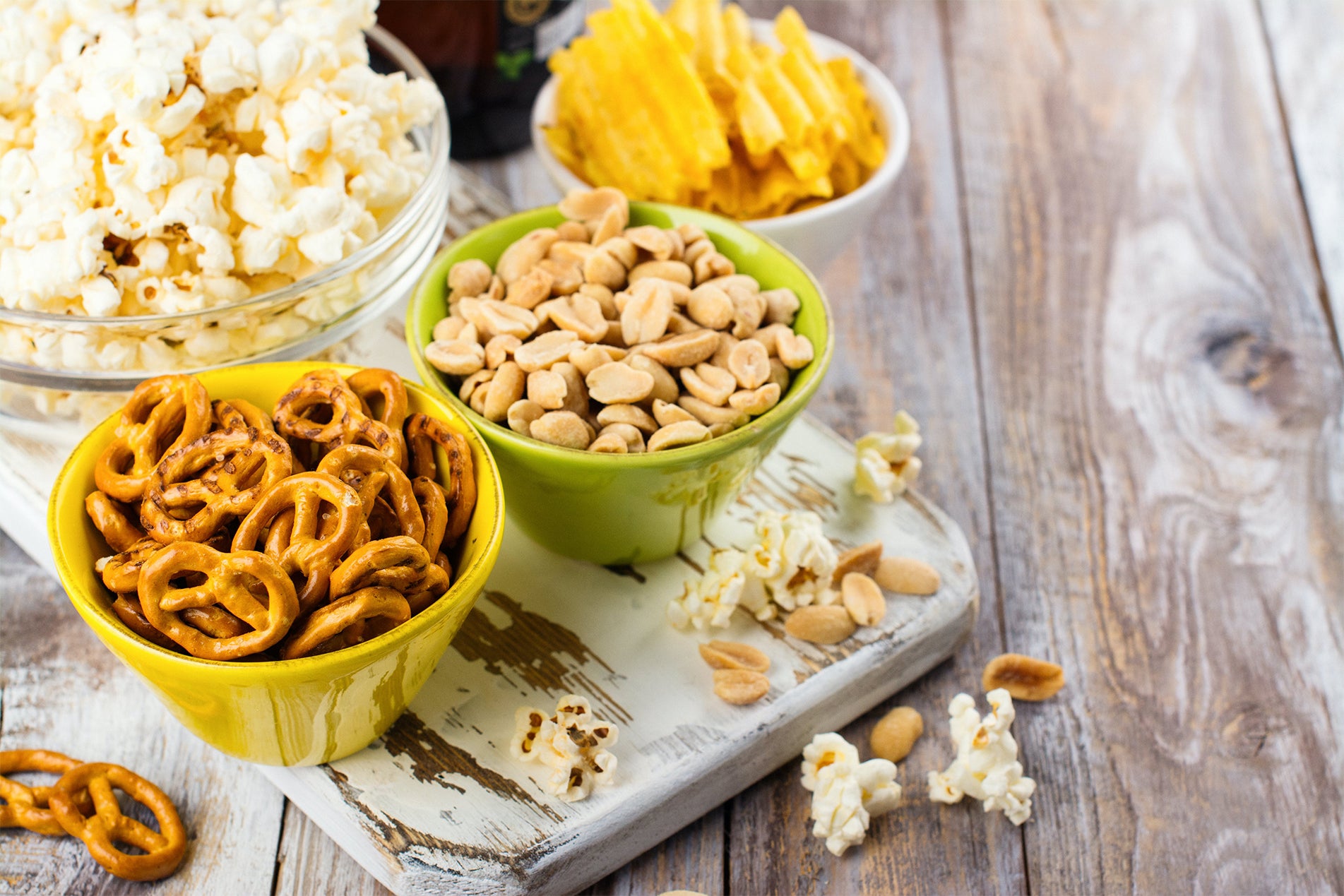Believing that having a low LDL is the best way to prevent heart disease, doctors often prescribe medications like statins to keep those levels low.
Yet these drugs can introduce a whole host of problems including muscle damage, memory issues, Parkinson’s-like symptoms, and muscle aches and pains. We now know that statins can increase risk of diabetes by about 50 percent.
They also prevent your muscles from working properly so when you exercise, you can’t get as fit. One 12-week study found that people who took statins showed a 4.5 percent reduction in fitness after a vigorous exercise program. The statins blocked the benefits of exercise.
Even more concerning is that statins don’t even work that well for preventing heart attacks, despite all the media hype and your doctor’s advice. You have to treat 77 people with statins to prevent one coronary event and treat 167 individuals for 4.1 years to prevent 1 death. That means 166 people are taking statins with no benefit.
When the statins do work, it often has nothing to do with their effect on cholesterol. Some of the touted benefits of statins are that they lower inflammation and perform like antioxidants in the body. Overall, however, the drawbacks outweigh these and other potential benefits for most people. They may have a little more benefit for those who already have had a heart attack but not much for those who have never had one (which is when most statins are prescribed – before an incident has occurred).
If your doctor is concerned about your cholesterol, you will want to use these six strategies to optimize lipid levels and your overall health:
- Get the right cholesterol tests. You must check for particle size and particle number by asking your doctor to do a particle size test. Other cholesterol tests are outdated. A regular cholesterol test won’t reveal particle size. The tests to get are either an NMR Lipid Panel from LabCorp or the Cardio IQ Test from Quest Diagnostics. Insist on one of these tests. They are the only way to know what’s really going on with your cholesterol. You want to see results that show lots of safe, light, fluffy, big cholesterol particles. You do not want to see small, dense, artery-damaging cholesterol particles.
- Check for metabolic syndrome or diabesity. If you have small LDL and HDL particles or high triglycerides (over 100), you probably have metabolic syndrome. If your triglyceride-to-HDL ratio is over 2 you also likely have diabesity. Ask for a glucose-insulin challenge test or an insulin-response test. Most doctors don’t do this test for insulin; they only check glucose. It is performed by checking your glucose and insulin after fasting. Then you drink a 75-gram glucose drink and your insulin and blood sugar are measured again at 1- and 2-hour intervals. You should also ask your doctor to check your hemoglobin A1C, which is a measurement of your blood sugar control over the last six weeks. If it’s greater than 5.5 percent, you may have metabolic syndrome.
- Eat a healthy diet with healthy fats. The good fats in foods like avocado, coconut oil, extra-virgin olive oil, wild-caught fish, nuts, and seeds can improve the type and quantity of cholesterol in your body.
- Eat a low-glycemic load diet. Besides healthy fats, focus on a high-fiber, plant-based diet with lots of phytonutrients and omega 3 fats. That includes lots of non-starchy veggies. Consume plenty of good-quality protein found in beans, seeds, nuts, and high-quality, sustainably raised or grass-fed animal protein.
- Exercise regularly. Studies show consistent, regular exercise can optimize cholesterol levels. If you’re a newbie, even 30 minutes of walking will help. More advanced exercisers can incorporate weight training and high-intensity interval training.
- Focus on quality sleep. Optimizing blood sugar is just one of the numerous benefits of eight hours of sleep every night. Practice good sleep practices: Turn off the TV and Internet a few hours before bedtime.
Nutritional information
Recipe: Creamy Green Strawberry Dream Serving in this recipe:1
- Calories: 236.6
- Total Fat: 3.6 g 5.5%
- Saturated Fat: 0.4 g 1.9%
- Cholesterol: 0 mg 0%
- Sodium: 358.7 mg 14.9%
- Total Carbs: 45.7 g 15.2%
- Dietary Fiber: 9.9 g 39.4%
- Sugar: 22.1 g
- Protein: 8.1 g 16.2%
- Vitamin A: 481.9% Vitamin C: 244.1%
- Calcium: 68.5% Iron: 26.1%
* Percent Daily Values are based on a 2,000 calorie diet. Your daily values may be higher or lower depending on your calorie needs.




